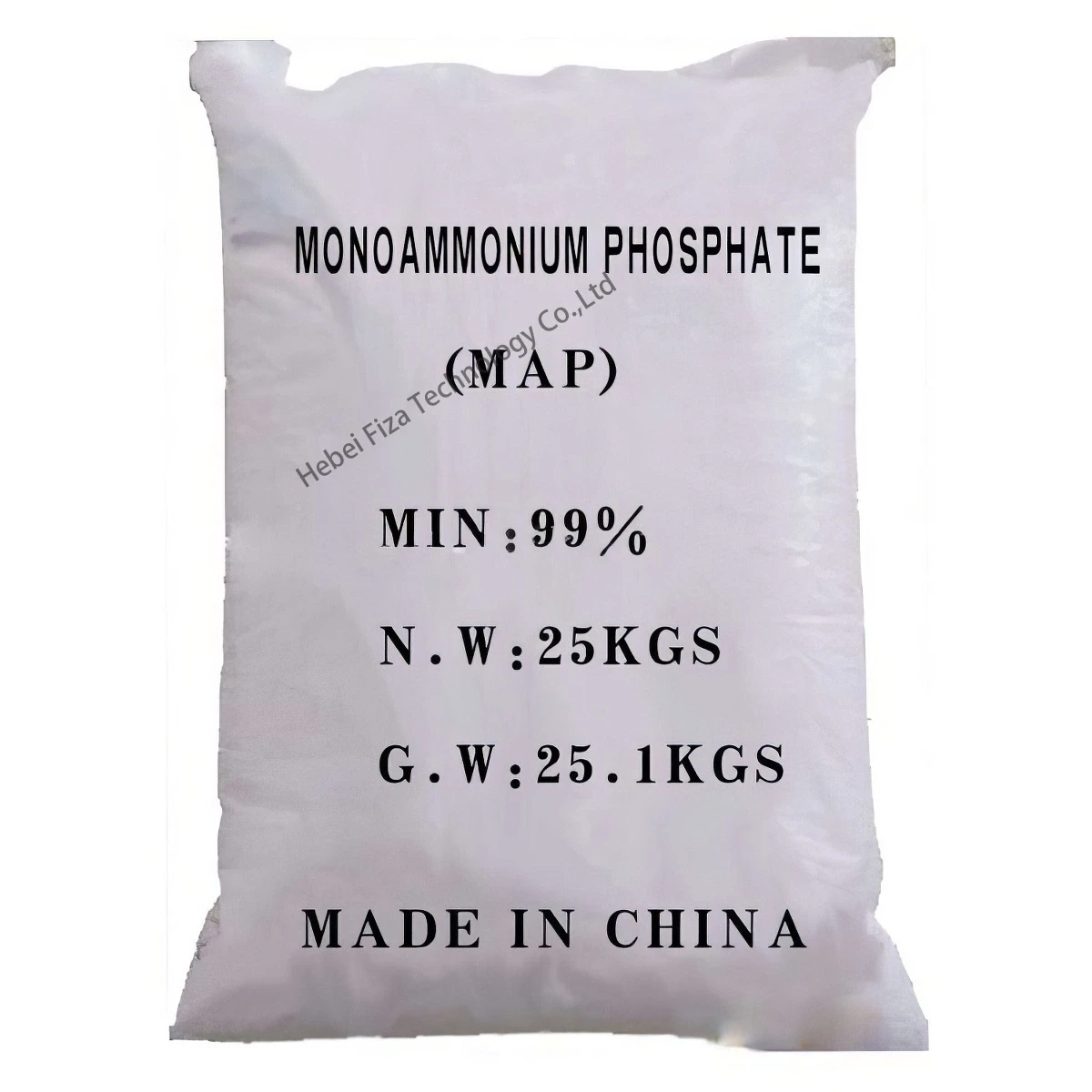



chemical used to disinfect water
Water Disinfection The Role of Chemical Agents
Access to clean and safe drinking water is a fundamental human right, yet millions of people around the world still lack this basic necessity. One of the primary methods for ensuring water safety is through disinfection, a process that eliminates harmful pathogens. Various chemical agents are employed to treat water, each with distinct mechanisms and effectiveness. This article explores the most common chemicals used to disinfect water, their benefits, and their potential drawbacks.
Chlorine
Chlorine is one of the most widely used disinfectants in municipal water treatment systems. Introduced in the early 20th century, it has proven effective against a broad spectrum of bacteria, viruses, and some protozoa. Chlorine acts by penetrating the cell walls of microorganisms and disrupting their metabolic processes, ultimately leading to their death. One of the advantages of chlorine is its residual effect; it continues to kill pathogens even after the initial treatment, providing ongoing protection as water moves through distribution systems.
However, chlorine is not without its downsides. Its reaction with organic matter can lead to the formation of disinfection by-products (DBPs), some of which, like trihalomethanes (THMs), are potentially harmful and regulated in many countries. Additionally, chlorine may not be as effective against certain parasites, such as Cryptosporidium, prompting the need for additional treatment methods.
Chloramine
To mitigate the drawbacks of chlorine, many water treatment facilities have turned to chloramine, a compound formed by combining chlorine with ammonia. Chloramine provides a more stable and longer-lasting disinfectant, making it less likely to form DBPs compared to chlorination. It is especially useful in maintaining residual levels of disinfectant in the water supply over extended periods, which is crucial for protecting public health.
Nevertheless, chloramine can also pose challenges. It is less effective against certain pathogens compared to chlorine, so it is often used in combination with other disinfection methods. Moreover, chloramine is less agreeable for certain water systems, as it can corrode plumbing and create risks for sensitive communities, such as dialysis patients, who require high-quality water.
chemical used to disinfect water

Ozone
Ozone is another powerful disinfectant that has gained popularity due to its effectiveness and environmental benefits. It is an excellent oxidant that can eliminate a wide variety of pathogens, including bacteria, viruses, and protozoa. Ozone treatment is particularly advantageous as it does not produce harmful residuals, unlike chlorine-based methods. This attribute makes ozone an appealing option for water treatment, especially in regions concerned about DBPs.
However, the use of ozone requires careful management. It is a gas at room temperature and needs specialized equipment for storage and application. Additionally, ozone's short half-life means that it cannot provide long-lasting disinfection, necessitating a subsequent application of another disinfectant for residual protection in the distribution system.
Ultraviolet (UV) Light
Though not a chemical in the traditional sense, ultraviolet (UV) light is a disinfection method that has gained traction. UV light inactivates microorganisms by damaging their DNA, thus preventing replication. It is highly effective against bacteria, viruses, and protozoa, and unlike chemical disinfectants, it does not introduce any harmful substances into the water.
However, UV disinfection systems require pre-treatment to remove particulates that can shield pathogens from UV exposure. Furthermore, like ozone, UV does not provide a residual disinfectant, which can be a limitation in water distribution systems.
Conclusion
Water disinfection is crucial for public health, and while chemical agents such as chlorine, chloramine, and ozone play vital roles, they each come with their own sets of advantages and disadvantages. The choice of disinfectant often depends on the specific water quality, treatment goals, and regulatory requirements. As technology advances and our understanding of water microbiology improves, ongoing research will likely lead to more efficient and environmentally friendly disinfection methods that safeguard public health while minimizing potential risks.
-
Why Sodium Persulfate Is Everywhere NowNewsJul.07,2025
-
Why Polyacrylamide Is in High DemandNewsJul.07,2025
-
Understanding Paint Chemicals and Their ApplicationsNewsJul.07,2025
-
Smart Use Of Mining ChemicalsNewsJul.07,2025
-
Practical Uses of Potassium MonopersulfateNewsJul.07,2025
-
Agrochemicals In Real FarmingNewsJul.07,2025
-
Sodium Chlorite Hot UsesNewsJul.01,2025










